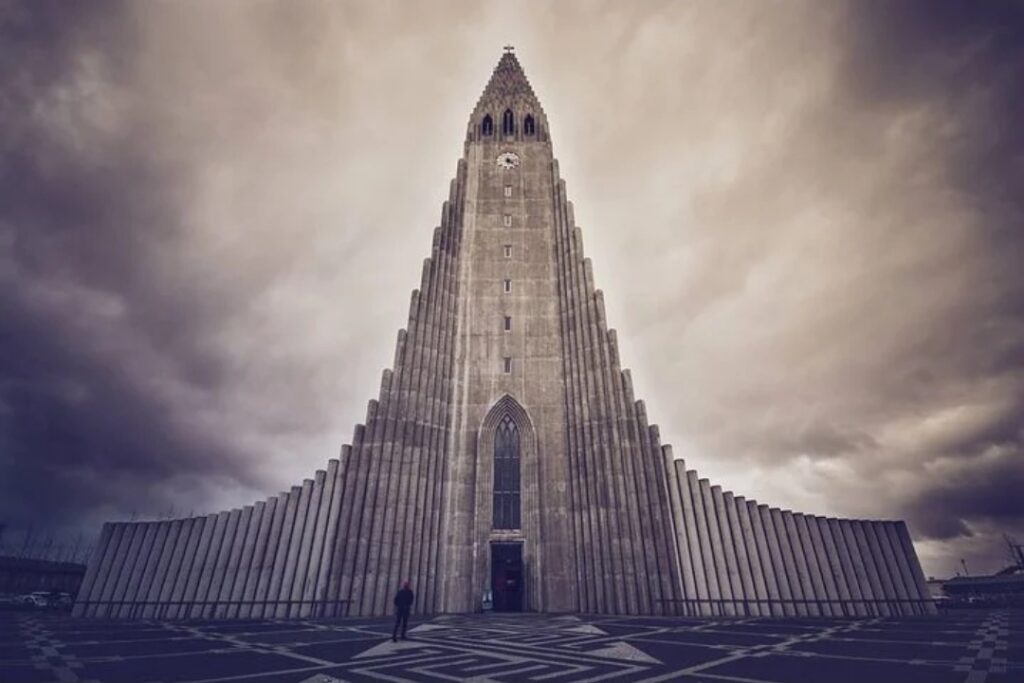
In this blog post, we will see the short history of the Church of South India. But before that, we discuss Christian Higher Education Institutions
Christian Education
Through the start of the 20th century; a number of Christian academic institutions got set up in the higher education subject. Many young Indians showed fantastic interest in western education. Because of that, the people attracted to those institutions. It no longer most effectively furnished them the opportunity to get a western better education; but also delivered people of different denominations, languages, and cultures.
Interactions and fellowship among them brought about the sensation of oneness in Christ regardless of their Denominational variations. One of the distinguished institutions in this regard changed into the one; that started with the aid of the Scottish Presbyterians in 1837.
Later it came to be called Madras Christian College (MCC). In 1910 it got reorganized as a union group and the Wesleyan Methodists; and the Anglicans have become the assisting bodies. Women’s Christian College (WCC) and Christian Clinical University (CCU), Vellore are other examples.
The formation of these higher education establishments also introduced a weather of oneness; and co-operation and furnished an atmosphere for people of diverse denominations to come together.
Rise of Nationalism
The rise of Indian nationalism was a contributing factor to the development of Ecumenism and union movements in India. Nationalism brought members of Indian churches into a single political unit with common religious and social life.
Church of South India (CSI)

Whilst the Church of South India (CSI) inaugurated on 27th September 1947; it changed into acclaimed as the maximum tremendous occasion in the Church Union Movement; because for the primary time after centuries of historical divisions; churches with Episcopal and Non Episcopal ministries had been brought together in a united Episcopal Church.
In Church of South India (CSI) has four distinctive Church traditions, they are Anglican (Episcopal), Congregational, Presbyterian, and Methodist. These types of churches had been hooked up in India through the missionary work of Church buildings in Europe. America and Australia had begun their work in India at different from the start of the eighteenth century.
Anglican Church
The Anglican Church changed into established through the paintings of the Church Missionary Society (CMS) and the Society for the Propagation of the Gospel (SPG), both closely related to the Church of England.
The Congregational Churches set up through the missionary activities of the London missionary with missionaries from extraordinary Britain and Australia, and the American Board of Commissioners of Foreign Mission (ABCFM).
Presbyterian Church
The Presbyterian Churches were buildings through the work of the Church of Scotland Mission. The American’s Dutch reformed Church and Switzerland and Germany’s Basel Mission; also had connections with the Presbyterian Churches in England and Australia. The Methodist Church becomes established through the Methodist Missionary Society of the Methodist Church in notable Britain.
With the growth of nationalism during the latter part of the 19th century, there advanced among Indian Christians also a problem for self-reliance and independence. There was further the developing attention that the divisions some of the Churches in India had not the making of Christians in India, but introduced by way of the specific missions from abroad.